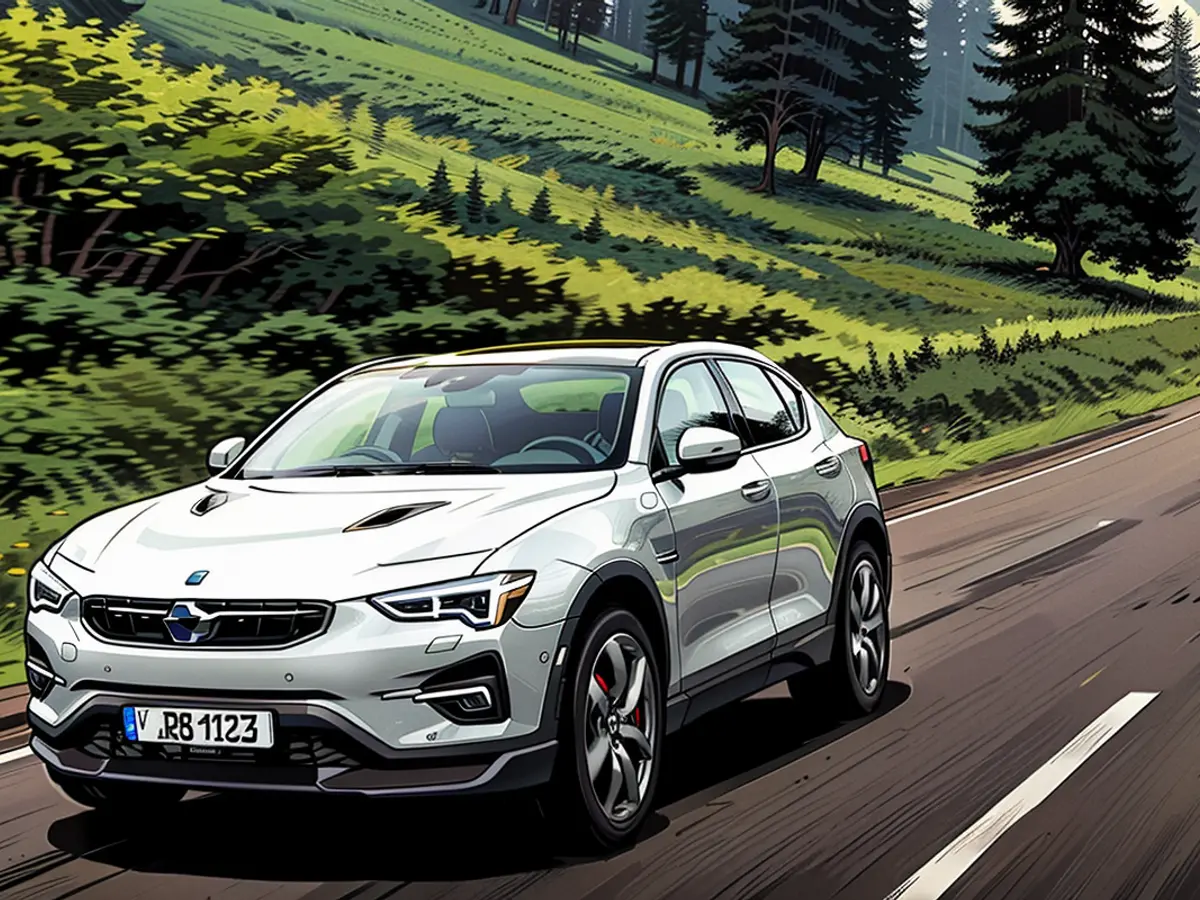Polestar's New Offering: Triumphantly Addressing Issues with the Polestar 3
The anticipation for the Polestar 3 is substantial. It's slated for release alongside the Polestar 4, aiming to catapult the joint Chinese-Swedish automaker into high gear. But does it possess the necessary elements?
Polestar, a subsidiary of Geely and Volvo, had a successful launch in Germany with the Polestar 2, outperforming other Chinese brands. Now, the Polestar 3 and 4 are poised to make a significant impact, having faced some setbacks in their European debut. Can the Polestar 3, priced around 80,000 euros, serve as a game-changer?
The new kid on the luxury block shines with its design, measuring 4.90 meters in length. The Polestar 3 mirrors the design philosophy of the Polestar 2, focusing on aerodynamics and a confident appearance. It's clear: Polestar can build SUVs. Unlike the SUV-coupe Polestar 4, the Polestar 3 relies on Volvo's Scalable Product Architecture (SPA 2), initially designed for combustion engines. It houses a 111 kWh battery, catering to ranges of between 561 and 650 kilometers according to WLTP standards.
Three Options Available
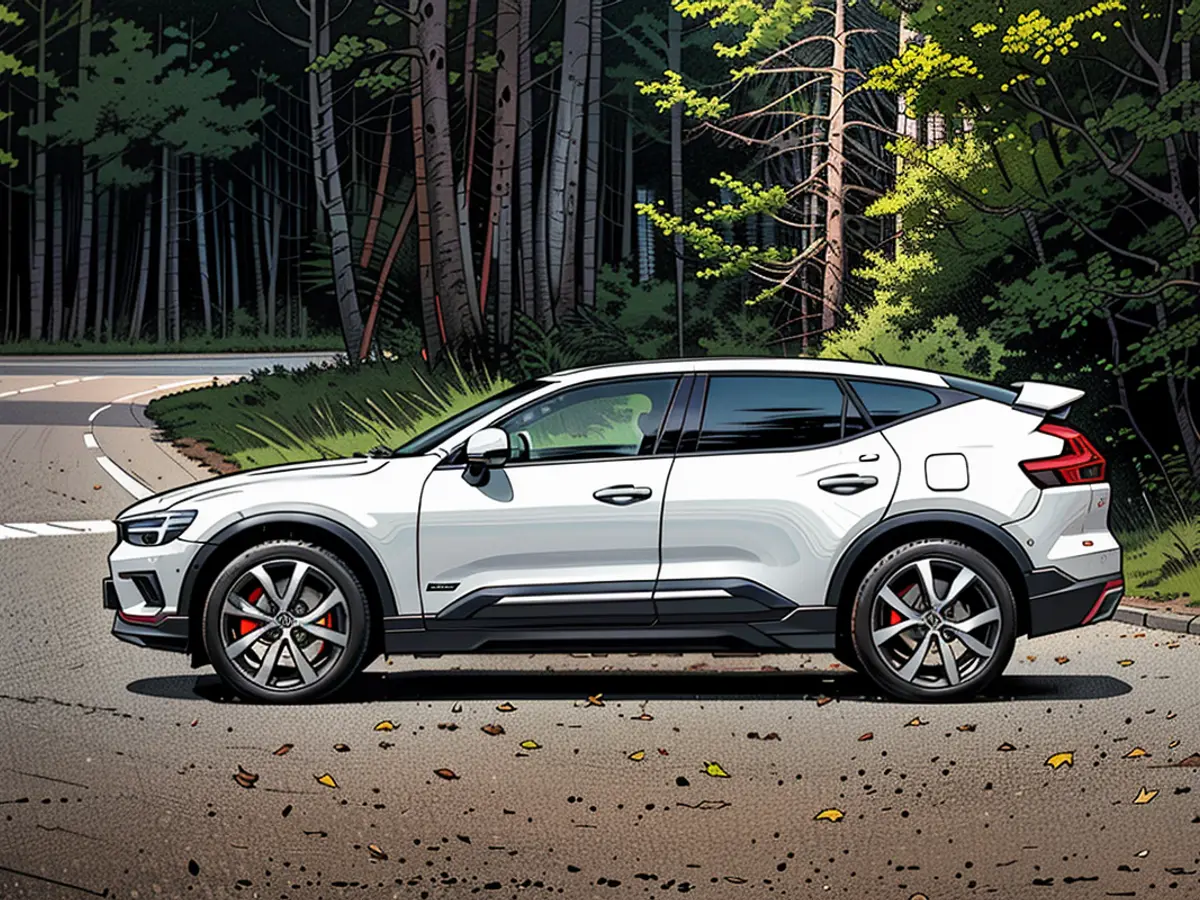
The Polestar 3 is available in three options: with 220 kW/299 PS and rear-wheel drive, and with 360 kW/489 PS or 380 kW/517 PS and all-wheel drive. The latter features a motor at the front and one at the rear. Under certain conditions, the rear motor can be disengaged for efficiency. Additionally, the rear axle boasts an electric torque-vectoring dual-clutch function, improving cornering dynamics.
During test drives on Upper Bavarian country roads, the Polestar 3's handling was commendable. Thanks to the standard two-chamber air suspension, the Polestar 3 manages to conceal its weight of over 2.5 tons and commanding presence. Only in extremely tight, fast corners does the Polestar 3's kin to the Volvo EX90, also a fully electric vehicle, reveal its substantial mass. The suspension and steering can be customized to individual preferences, as can the regenerative braking intensity. However, unlike typical steering wheel paddles, the regenerative braking is controlled via a persistent virtual button on the display.
The Polestar 3 accelerates swiftly from a standstill or while merging, with the single motor version reaching 100 km/h in 7.8 seconds, and the dual motor versions touching 100 km/h in 5.0 or 4.7 seconds. The top speed is limited to 180 km/h or 210 km/h, respectively. In ideal conditions, a full charge can cover 650 kilometers (single motor), 631 kilometers (dual motor), or 561 kilometers (performance package). Quick charging is possible up to 250 kW, charging the battery from 10 to 80 percent in 30 minutes. However, the Polestar 3's charging performance with alternating current leaves something to be desired, with a charging power of just 11 kW and a charging time of 11 hours from 0 to 100%.
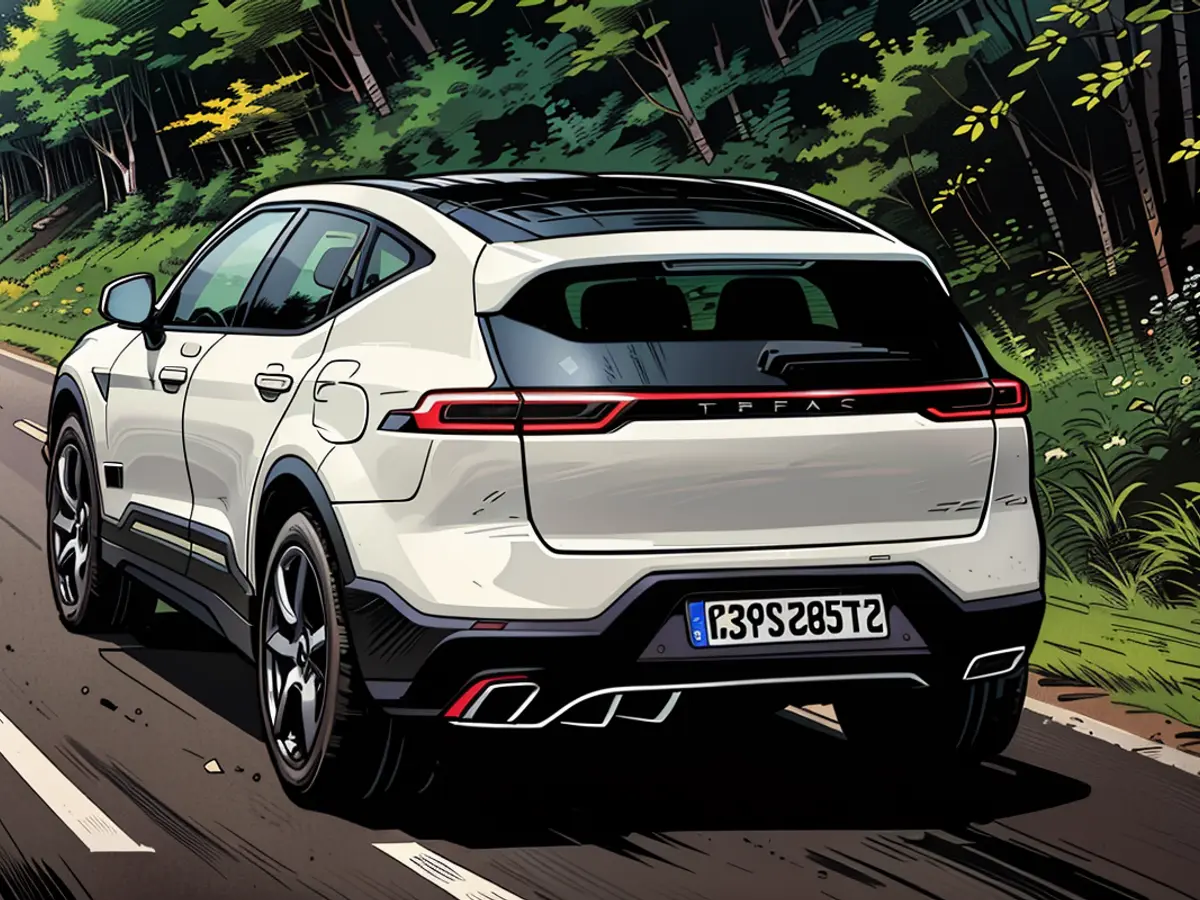
Scandinavian Solidity with a Touch of Elegance
The Polestar 3's interior, produced in China and the United States, exudes Scandinavian solidity and a hint of elegance. Sustainable materials and finishes were chosen to fit the somewhat factual-cool overall concept. A 14.5-inch portrait-oriented display and a few steering wheel buttons manage the vehicle, initially unintuitive but eventually more understandable than more complex competitors. Just like the Polestar 2, the Polestar 3 uses the Android Automotive operating system developed in collaboration with Google, which left a positive impression during our test drives.
To comply with Scandinavian safety regulations, the Polestar 3 is equipped with an impressive battery of five radar modules, five external cameras, and twelve ultrasonic sensors. Inside the cabin, driver alertness is monitored using eye-tracking technology, capable of bringing the vehicle to a complete stop if necessary. Additionally, radar cameras within the cabin ensure no children or pets are accidentally left behind, and the climate control connection aids in preventing heat strokes or excessive cooling.
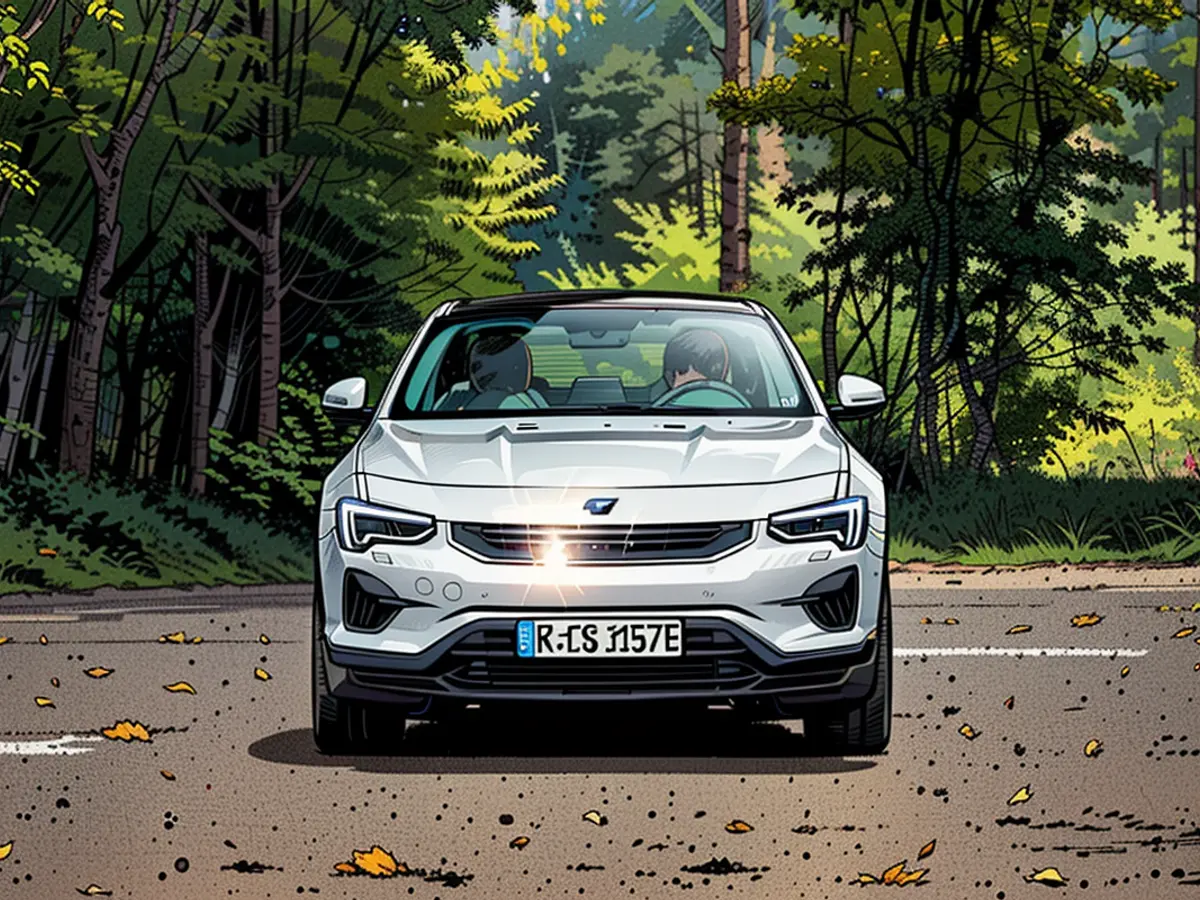
Ample Space, Especially Up Front
Plenty of room is available in the Chinese-Swedish SUV, particularly in the front row. The coupe-like roofline does not compromise headroom in the rear, although legroom is slightly reduced due to a low rear bench seat. Taller passengers may find limited legroom. The cargo volume ranges from 481 to 1411 liters, offering additional storage spaces beneath the cover and in the frunk under the hood.
Driving the Polestar 3 is enjoyable despite its size. It maneuvers easily and precisely, never feeling overwhelming on the road. Assistance system warnings can be easily disabled, although the speed limit warning, especially in the performance version, should be kept active as the limit is often exceeded with a simple touch of the accelerator.

In terms of technical and visual appeal, the Polestar 3 has what it takes to lead the path for the Eurasian brand's move towards profitability. However, there are numerous competitors from established brands. And with introductory prices ranging from 78,590 to 92,190 euros, even with a 4,000-euro discount valid until November, high sales volumes may not be guaranteed.
Sure thing, here's your paraphrased text:
- Five-seater, medium-sized SUV
- Dimensions: 4.90 meters long, 1.94 meters wide (including exterior mirrors 2.12 meters), 1.61 meters tall, Wheelbase: 2.99 meters, Cargo capacity: 484-1411 liters, Front storage: 32 liters
- Dual electric motors, 380 kW/517 PS, peak torque of 910 Nm, Battery capacity of 111 kWh, WLTP range: 561 km, Single-speed automatic transmission, All-wheel drive
- Maximum speed: 210 km/h, 0-100 km/h in 4.7 seconds, DC charging up to 250 kW (30 minutes from 10-80%), AC charging up to 11 kW (11 hours), WLTP fuel efficiency: 22.1-23.0 kWh/100 km
- Cost: Starting from 92,190 euros
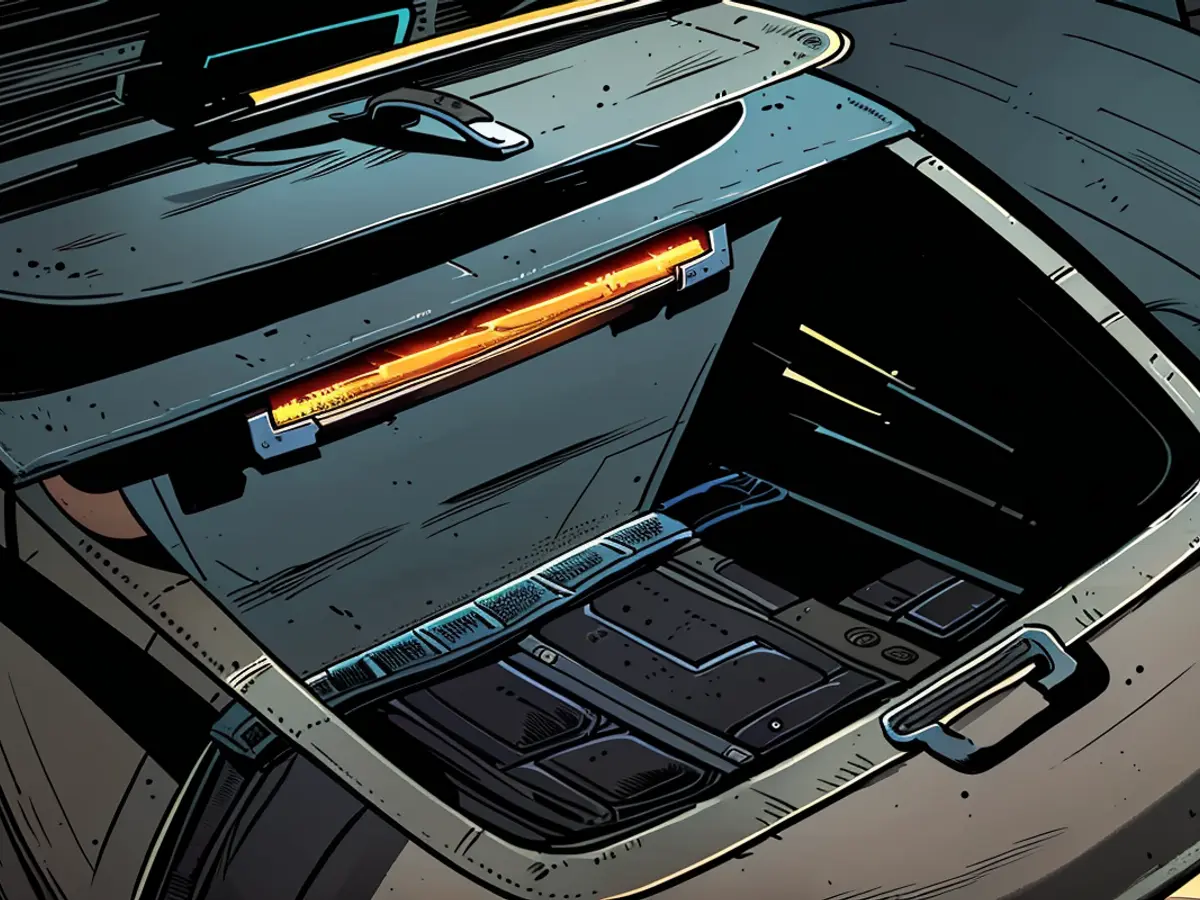
The Polestar 3 showcases its electric mobility capabilities, setting itself apart as a high-performance electric SUV. With a focus on performance, the Polestar 3 boasts dual electric motors, delivering a peak power of 517 PS and a torque of 910 Nm. This electric mobility solution enables a maximum speed of 210 km/h, accelerating from 0 to 100 km/h in just 4.7 seconds. Furthermore, the Polestar 3 offers ample charging options, including DC charging up to 250 kW and AC charging up to 11 kWh.
As the new flagship of Polestar's electric mobility efforts, the Polestar 3 represents a significant step forward. Its powerful electric motor system and extensive charging options further contribute to its role as an electric mobility pioneer, setting high standards for the electric SUV market.
